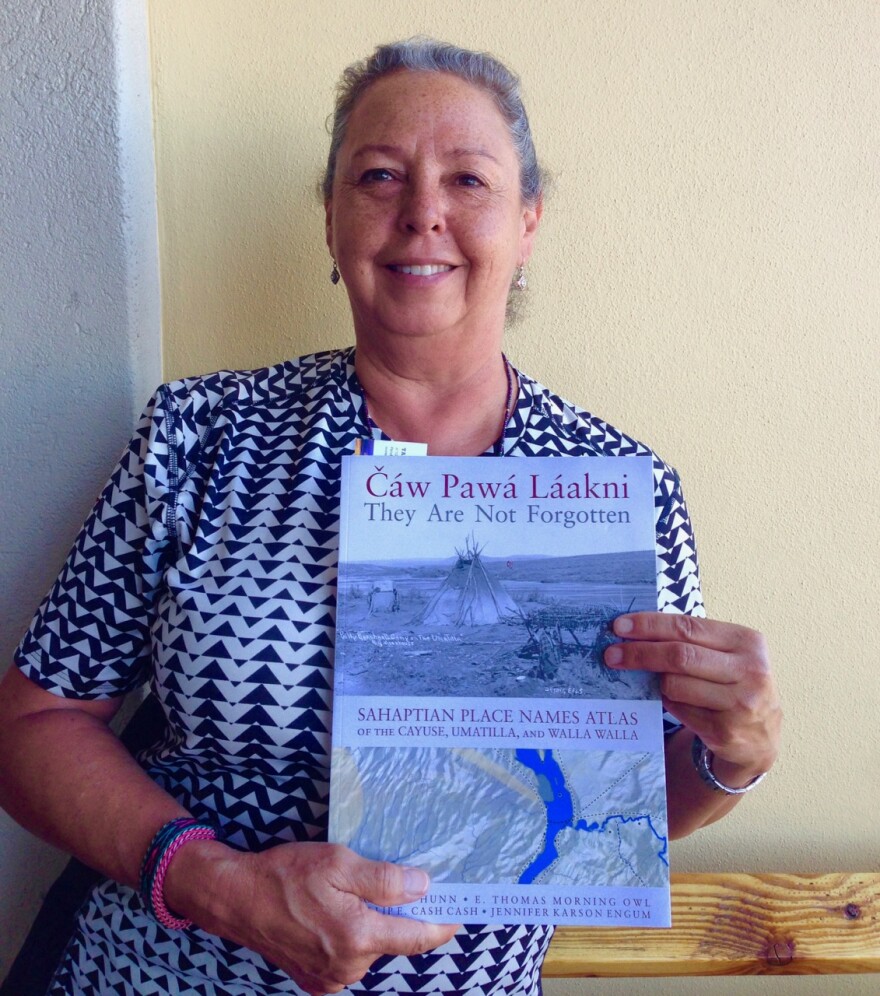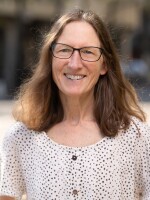Many Oregon place names have Native American roots. Some of them teach lessons about the land and its history, others are more like a game of “telephone” played over time. Here are a few stories about local place names.
Henry Zenk is a linguistic consultant to the Confederated Tribes of the Grand Ronde. He's spent 40 years studying Willamette Valley people and places. One of the more roundabout name derivations he's found involves the Long Tom River west of Eugene.
Zenk: “There was some early historical spellings of a name that goes something like 'Lumtumbuff.'”
He says there's no recording of the Kalapuyan pronunciation, so there's no way to know exactly how it sounded.

Zenk: “Then you see English speakers come in and, often in kind of a whimsical spirit I think, making their own sense out of it.”
Zenk says it's the natural urge to find meaning that causes people to change names. In this case, the settlers had some fun:
Zenk: “It sounds kind of like it could be 'Long Tom' you know, or one of them was 'Long Tongue Bath,' long tongue bath. Come on that's gotta be a joke!”
Long Tongue Bath didn't stand the test of time, but today you can hike along and boat in the Long Tom River.
Often, Willamette Valley watersheds carry the name of the indigenous people who lived there, such as Tillamook or Tualatin. Other times, naming is a two-way street.
Harrelson: “The Mohawk Kalapuya were named the Mohawk Kalapuya because the valley there, outside of Springfield, reminded an early settler of the Mohawk River Valley in upstate New York.”
David Harrelson is Cultural Resources Manager with the Confederated Tribes of the Grand Ronde. He says, by default, the valley and its inhabitants became “Mohawk.” It was a similar story farther south.
Harrelson: “In today's world, people on the reservation identify themselves as Rogue River. But prior to the Rogue River Indian Wars there was no such real identity as the Rogue River people.”
Harrelson says many groups, with different languages and customs, lived in what became known as the Rogue River watershed.

David Lewis is an anthropologist and educator and a member of the Grand Ronde tribe. He uncovered an old name for Mill Creek, near Salem.
Lewis: “Scholars know that the original name for Salem was Chemeketa, because the Chemeketa Kalapuyans lived there. I found an account, in like a newspaper, of Chemeketa Creek, but that doesn't appear on maps anywhere.”
Lewis sent his sources to the federal geographic agency and, after review, it's now part of the official background data.
In 2001 the Oregon legislature passed a law directing tribes to re-name places that used the word 'squaw.' There were over 170 instances, more than any other state. Bobbie Conner is Director of the Tamastslikt Cultural Institute in Pendleton:
Conner: “The Confederated Tribes of Umatilla made a proposal to replace 48 names in eastern Oregon that had either the word 'squaw' or 'Indian' in them, and to try and use that opportunity to restore historic place names.”
The Umatilla have been the most successful group in changing squaw names, many of which still exist, but none of the steps have been easy. Looking for historic names meant reading piles of records going back to the 17- and 1800s, and judging their validity. Then, there have been sometimes bitter negotiations with eastern Oregon residents about replacement names.

Conner: “We've gotten some pushback from people who think that we're trying to live in the past. That the native words are difficult to pronounce. But I think, to be quite candid, English was hard for our people to learn to speak too.”
Conner says the experience cemented their idea of who they were, and their sovereignty:
Conner: “I would hope that people understand that, for us to foster and nurture and restore our culture as much as possible, it's not making a public statement about what's wrong with the way the rest of the world is living, it's really about the fact that there is much to be learned from what our people have known for thousands of years.”
David Lewis notes it's not only Native Americans who can benefit from the deep meaning of an old name:
Lewis: “I think a lot of regular Oregonians appreciate it because it's a unique identifier for that area. Rather than having 'Mill Creek' in every town you have a very specific, very unique identifying place.”
Lewis, Zenk and others continue to study source material. Over time, more ancient names will no doubt give new life to Oregon places, and their stories can enrich us all.
Funding for KLCC's "Borders, Migration, and Belonging" series is provided by the Wayne Morse Center for Law and Politics and the University of Oregon.







